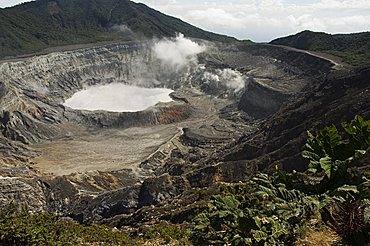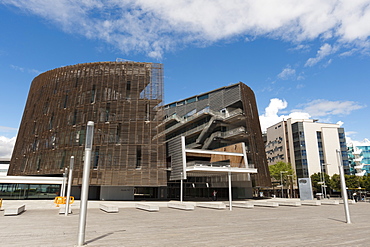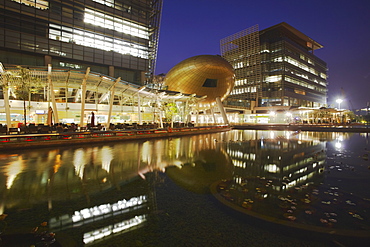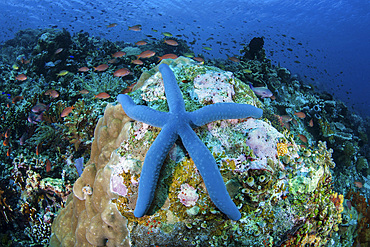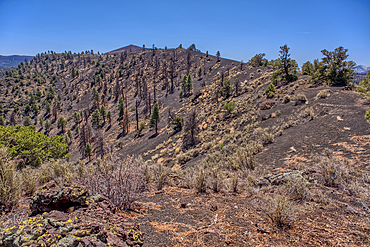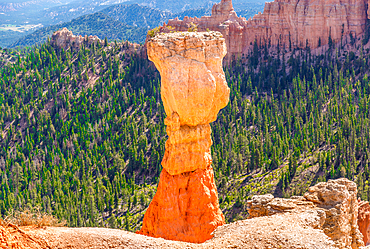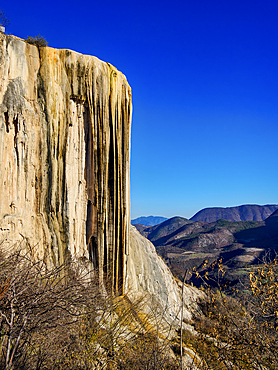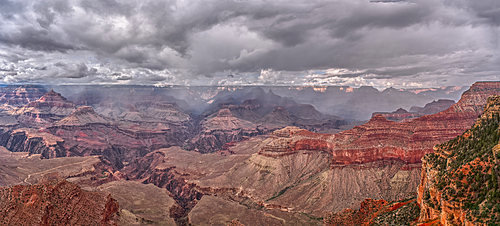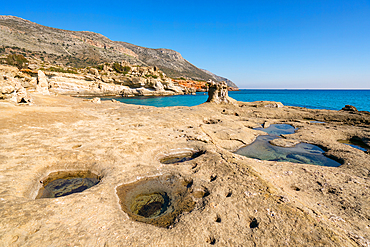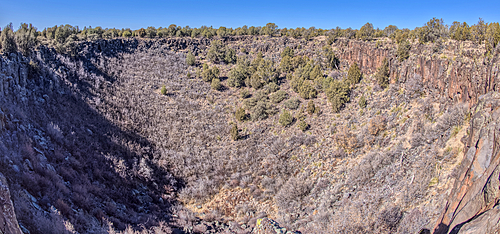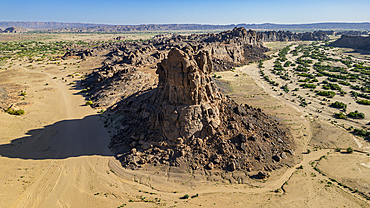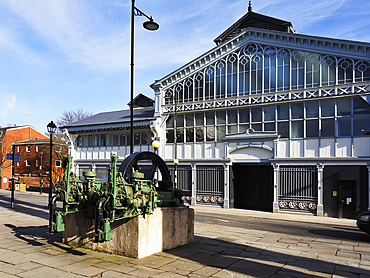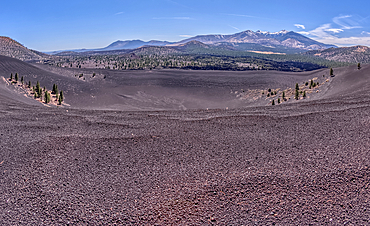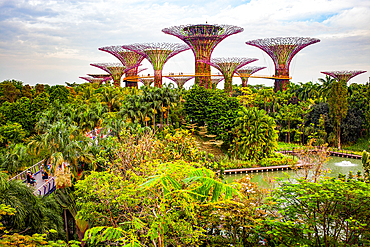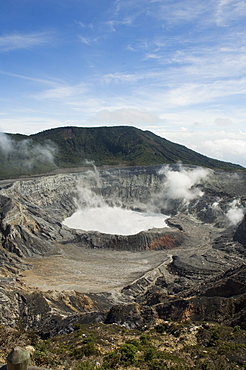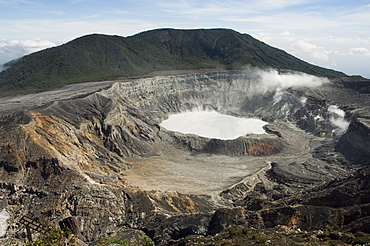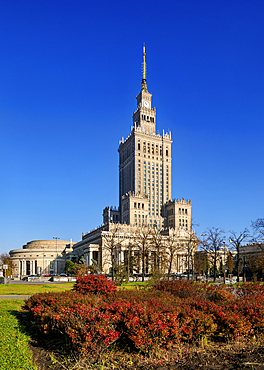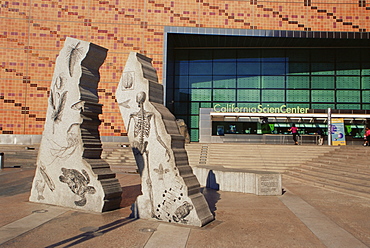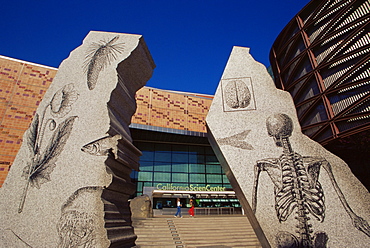Results
53 results found
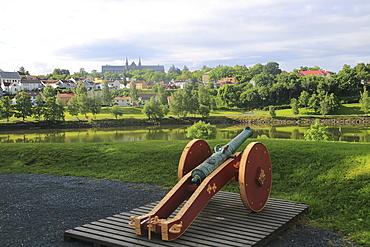
View over River Nidelva towards Norwegian University of Science and Technology, Trondheim, Norway, Scandinavia, Europe
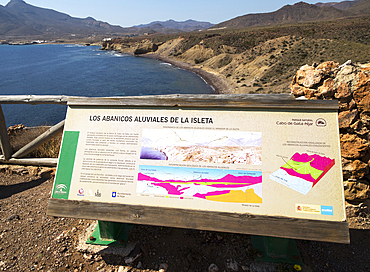
Information panel about geology, La Isleta, Cabo de Gata national park, Almeria, Andalusia, Spain, Europe

The Houston Museum of Natural Science, Hermann Park, Houston, Texas, United States of America, North America

Greenwich Park, the Royal Observatory up on the hill, the Queen's House by Inigo Jones and Christopher Wren's Royal Naval College, Greenwich, London, England, United Kingdom, Europe

The Royal Observatory, the Queen's House and Christopher Wren's Royal Naval College, Greenwich, London, England, United Kingdom, Europe
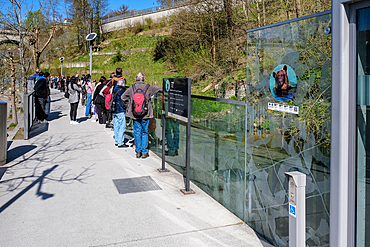
View of the BarenPark, the bear enclosure on the eastern edge of the old city, next to the Nydeggbrucke and Aare River, Bern, Switzerland, Europe
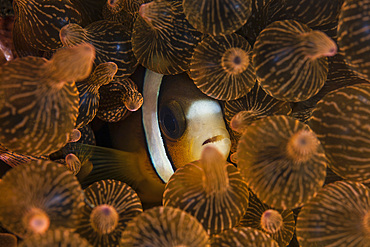
A Clark's anemonefish (Amphiprion clarkii) snuggles into the tentacles of its host anemone in Komodo National Park, Indonesia. This beautiful area harbors extraordinary marine biodiversity and is a popular destination for divers and snorkelers.
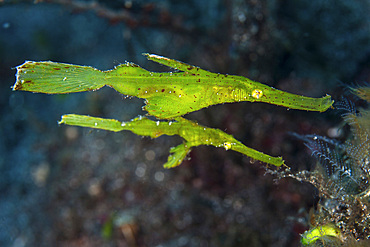
A pair of robust ghost pipefish (Solenostomus cyanopterus) hover above the seafloor in Komodo National Park, Indonesia. This tropical area in the western Pacific harbors an extraordinary array of marine organisms.
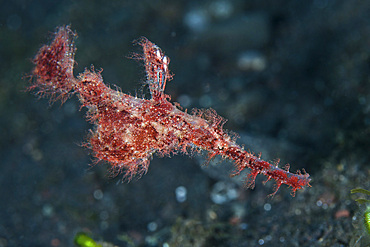
A rare roughsnout ghost pipefish (Solenostomus paegnius) hovers above the seafloor in Komodo National Park, Indonesia. This beautiful area harbors extraordinary marine biodiversity and is a popular destination for divers and snorkelers.
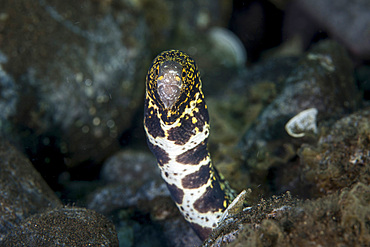
A snowflake moray eel (Echidna nebulosa) pokes its head out of a hole in Komodo National Park, Indonesia. This beautiful area harbors extraordinary marine biodiversity and is a popular destination for divers and snorkelers.

A flathead fish camouflages itself in the sandy seafloor of Komodo National Park, Indonesia. This tropical region in Indonesia is known for its spectacular coral reefs and high marine biodiversity.

A pycnogonid, or sea spider, crawls along the mucky seafloor of Komodo National Park, Indonesia. This tropical region in Indonesia is known for its spectacular coral reefs and high marine biodiversity.
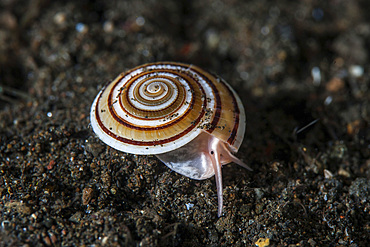
A live sundial shell (Architectonica perspectiva) crawls across the seafloor in Komodo National Park, Indonesia. This tropical region in Indonesia is known for its spectacular coral reefs and high marine biodiversity.
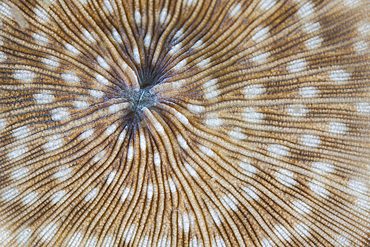
Detail of a mushroom coral (Fungia sp.) on a reef in Komodo National Park, Indonesia. This tropical region in Indonesia is known for its spectacular coral reefs and high marine biodiversity.
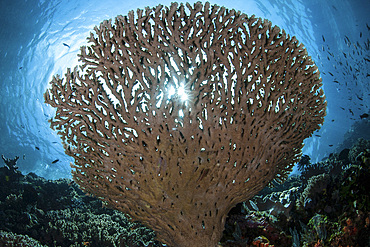
Sunlight sparkles through a table coral (Acropora sp.) in Komodo National Park, Indonesia. This tropical region in Indonesia is known for its spectacular coral reefs and high marine biodiversity.
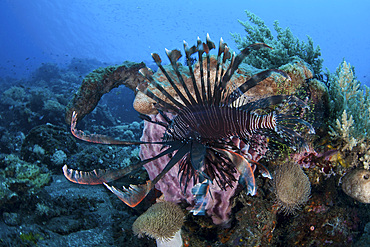
A lionfish (Pterois volitans) displays its venomous spines in Komodo National Park, Indonesia. This tropical area in the western Pacific harbors an extraordinary array of marine organisms.
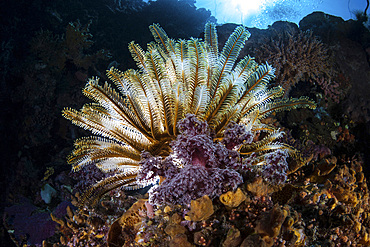
A colorful crinoid clings to a coral reef slope in Komodo National Park, Indonesia. This tropical region in Indonesia is known for its spectacular coral reefs and high marine biodiversity.

A stargazer fish (Uranoscopus sulphureus) camouflages itself in sand in Komodo National Park, Indonesia. This tropical region in Indonesia is known for its spectacular coral reefs and high marine biodiversity.
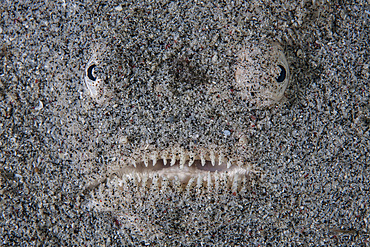
A stargazer fish (Uranoscopus sulphureus) camouflages itself in sand in Komodo National Park, Indonesia. This tropical region in Indonesia is known for its spectacular coral reefs and high marine biodiversity.
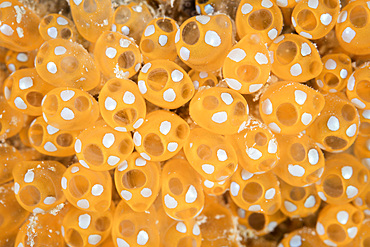
Colony of tunicates grow on a reef in Wakatobi National Park, Indonesia. This remote region is known for its incredible marine biodiversity and gorgeous reefs.

Colorful tunicates and soft corals grow on a reef in Wakatobi National Park, Indonesia. This remote region is known for its incredible marine biodiversity and gorgeous reefs.
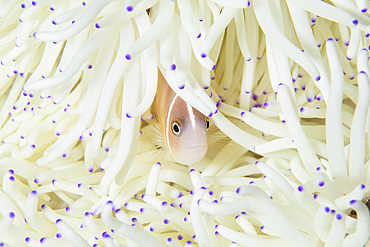
A pink anemonefish (Amphiprion perideraion) swims among the tentacles of its host anemone in Wakatobi National Park, Indonesia. This remote region is known for its incredible marine biodiversity and gorgeous reefs.
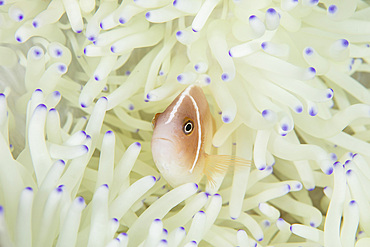
A pink anemonefish (Amphiprion perideraion) swims among the tentacles of its host anemone in Wakatobi National Park, Indonesia. This remote region is known for its incredible marine biodiversity and gorgeous reefs.
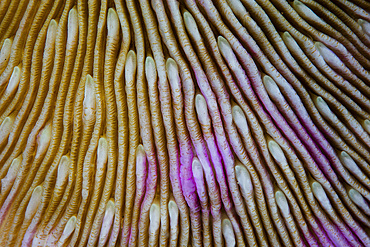
Detail of a mushroom coral, Fungia sp., growing on a beautiful reef in Wakatobi National Park, Indonesia.
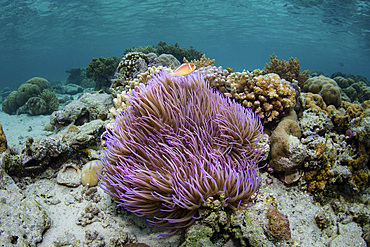
A pink anemonefish, Amphiprion perideraion, swims above its beautiful host anemone in Wakatobi National Park, Indonesia.

A well-camouflaged ornate ghost pipefish, Solenostomus paradoxus, hovers over a reef in Komodo National Park, Indonesia.

A well-camouflaged ornate ghost pipefish, Solenostomus paradoxus, hovers over a reef in Komodo National Park, Indonesia.

Petrified sand dunes, White Canyon State Park, Red Cliffs Desert Reserve near St. George, Utah, United States of America
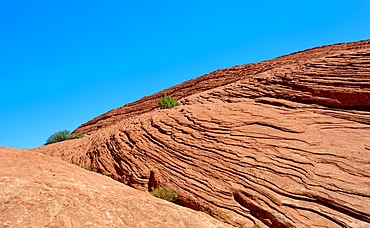
Petrified sand dunes, White Canyon State Park, Red Cliffs Desert Reserve near St. George, Utah, United States of America
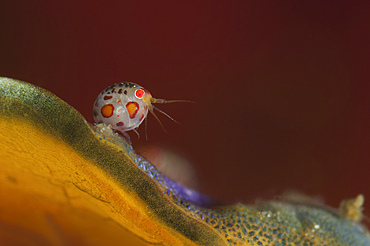
Ladybug amphipod, Cyproidea species, side view, taken at Cannibal Rock, Komodo National Park, Indonesia.
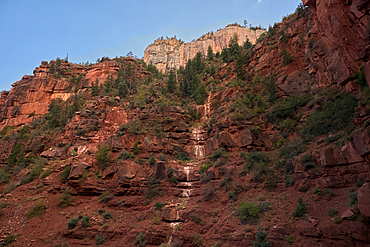
Ephemeral Spring on Red Wall of Roaring Springs Canyon, North Kaibab Trail, Grand Canyon North Rim, UNESCO, Arizona, United States of America

The interior of the Supai Tunnel along the North Kaibab Trail, Grand Canyon North Rim, UNESCO, Arizona, United States of America

A canyon that drains into Dead Wash, Petrified Forest National Park, Arizona, United States of America
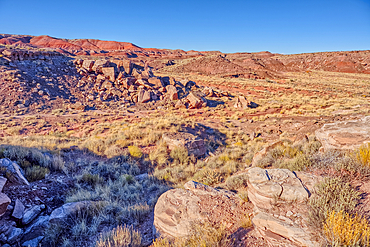
Boulder pile in a valley leading to Dead Wash, Petrified Forest National Park, Arizona, United States of America
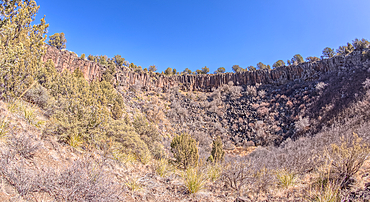
View from below the rim of the giant sinkhole known as Johnson Crater in the Kaibab National Forest near Ash Fork Arizona, USA

View from below the rim of the giant sinkhole known as Johnson Crater in the Kaibab National Forest near Ash Fork Arizona, USA

Skyline of Singapore Marina Bay at night with Marina Bay Sands and Art Science museum reflecting in a pond after rain, Singapore

Skyline of Singapore Marina Bay at night with Marina Bay Sands and Art Science museum reflecting in a pond after rain, Singapore
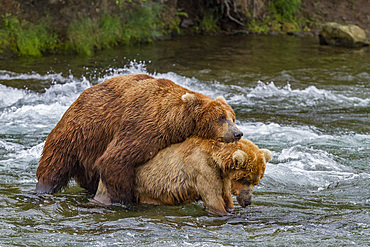
Adult brown bears (Ursus arctos) courtship behaviour, Brooks River, Katmai National Park near Bristol Bay, Alaska, United States of America

Continental drift between North American and Eurasian tectonic plates, Thingvellir National Park, UNESCO, in winter, Western Region, Iceland
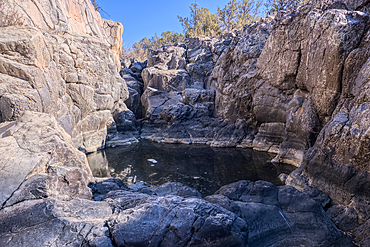
Dry waterfall cliffs, Johnson Canyon between Bainbridge Steel and Stone Dams near Ash Fork, Kaibab National Forest, Arizona, United States of America
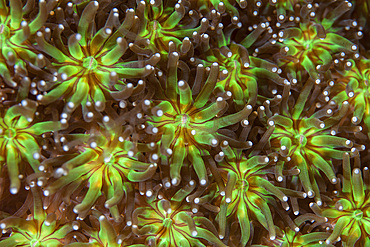
Coral polyps (Galaxea sp.) wait for plankton on a reef in Komodo National Park, Indonesia. This beautiful area harbors extraordinary marine biodiversity and is a popular destination for divers and snorkelers.

A venomous stonefish (Synanceia verrucosa) camouflages itself in sand in Komodo National Park, Indonesia. This tropical region in Indonesia is known for its spectacular coral reefs and high marine biodiversity.
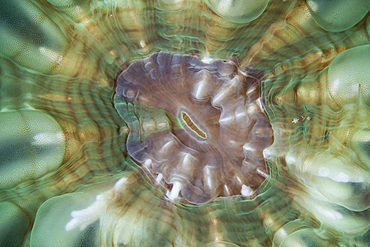
Detail of a large coral polyp in Komodo National Park, Indonesia. This tropical region in Indonesia is known for its spectacular coral reefs and high marine biodiversity.
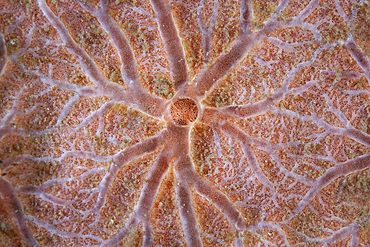
Detail of an encrusting sponge growing on a reef in Komodo National Park, Indonesia. This tropical region in Indonesia is known for its spectacular coral reefs and high marine biodiversity.
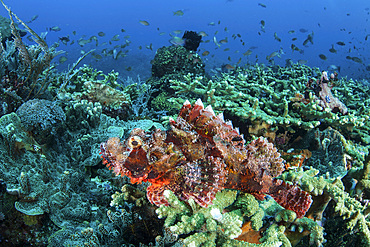
A venomous scorpionfish is found on a healthy coral reef in Komodo National Park, Indonesia. This tropical region in Indonesia is known for its spectacular coral reefs and high marine biodiversity.
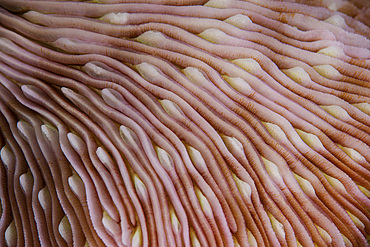
Detail of the texture on a mushroom coral (Fungia sp.) growing in Wakatobi National Park, Indonesia. This remote region is known for its incredible marine biodiversity and gorgeous reefs.

A translucent shrimp (Vir philippinensis) crawls on bubble coral in Wakatobi National Park, Indonesia. This remote region is known for its incredible marine biodiversity and gorgeous reefs.
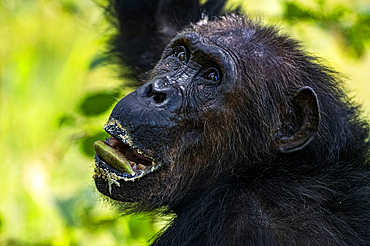
Chimpanzee (Pan troglodytes), Gombe Stream National Park, Lake Tanganyika, Tanzania, East Africa, Africa
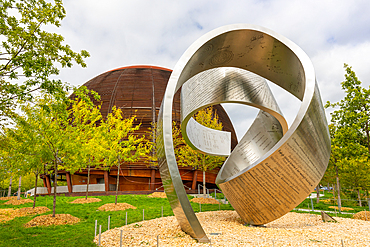
CERN, Wandering the Immeasurable, steel structure, Globe of Science and Innovation in background, Geneva, Switzerland
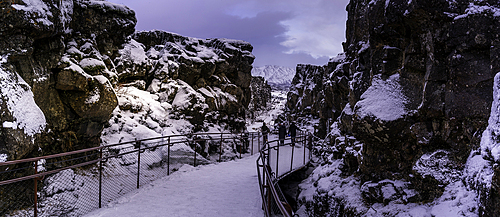
Continental drift between North American and Eurasian tectonic plates, Thingvellir National Park, UNESCO, in winter, Western Region, Iceland
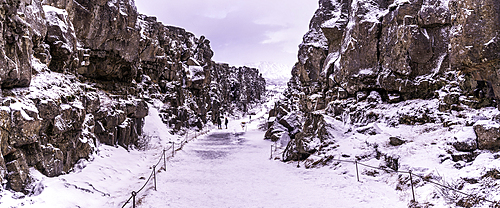
Continental drift between North American and Eurasian tectonic plates, Thingvellir National Park, UNESCO, in winter, Western Region, Iceland
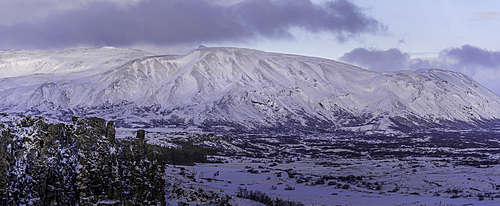
Continental drift between North American and Eurasian tectonic plates, Thingvellir National Park, UNESCO, in winter, Western Region, Iceland
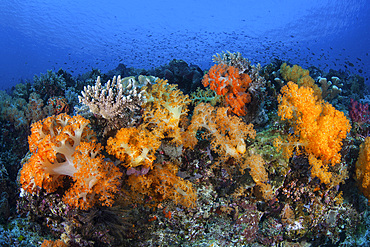
Beautiful soft coral colonies grow on a healthy coral reef in Komodo National Park, Indonesia. This tropical region in Indonesia is known for its spectacular coral reefs and high marine biodiversity.
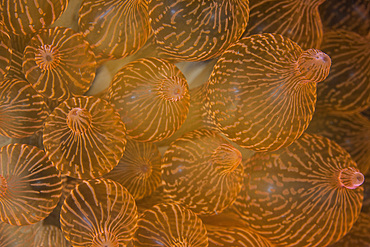
A bulbed anemone (Entacmaea quadricolor) grows on a reef in Komodo National Park, Indonesia. This beautiful area harbors extraordinary marine biodiversity and is a popular destination for divers and snorkelers.
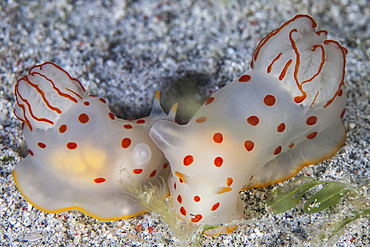
A pair of Ceylon nudibranchs (Gymnodoris ceylonica) mate on a sandy slope in Komodo National Park, Indonesia. This tropical region in Indonesia is known for its spectacular coral reefs and high marine biodiversity.
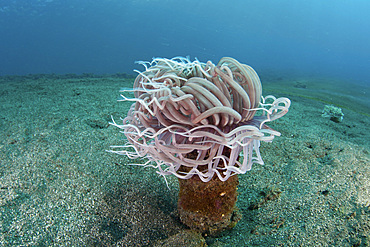
A tube anemone grows on a sandy seafloor in Komodo National Park, Indonesia. This tropical area in the western Pacific harbors an extraordinary array of marine organisms.
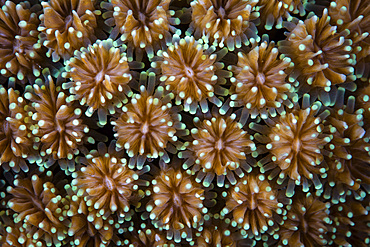
Detail of a stony coral (Galaxea sp.) growing in Wakatobi National Park, Indonesia. This remote region is known for its incredible marine biodiversity and gorgeous reefs.
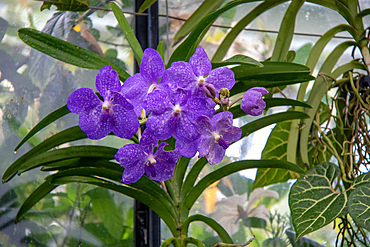
Vibrant purple orchids with green foliage in a greenhouse setting at Kew Gardens, London, England, United Kingdom, Europe

The Little Teepees on the north side of Haystack Mesa in Petrified Forest National Park, Arizona, United States of America, North America
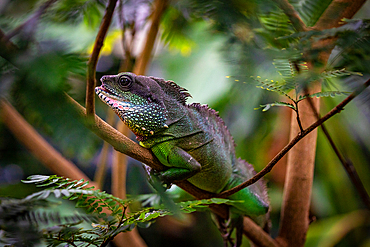
Green chameleon camouflaged among lush foliage, displaying natural wildlife and adaptation at Kew Gardens, London, England, United Kingdom, Europe
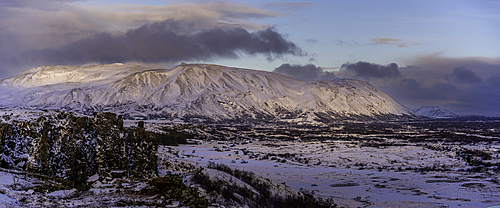
Continental drift between North American and Eurasian tectonic plates, Thingvellir National Park, UNESCO, in winter, Western Region, Iceland
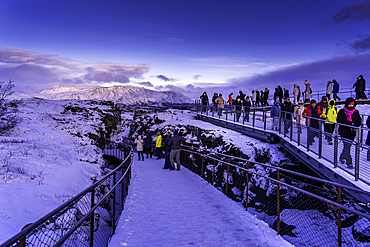
People and continental drift of North American and Eurasian tectonic plates, Thingvellir National Park in winter, UNESCO, Western Region, Iceland
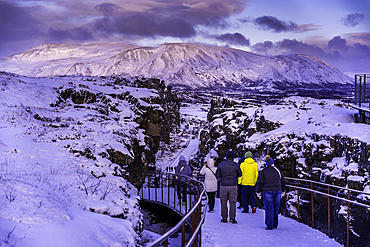
People and continental drift of North American and Eurasian tectonic plates, Thingvellir National Park in winter, UNESCO, Western Region, Iceland
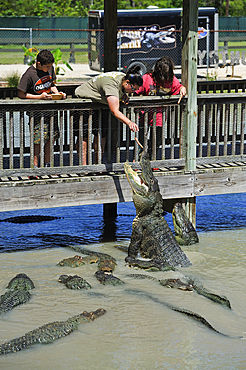
Alligators feeding, Gator Country Wildlife Adventure Park, Beaumont, Texas, United States of America
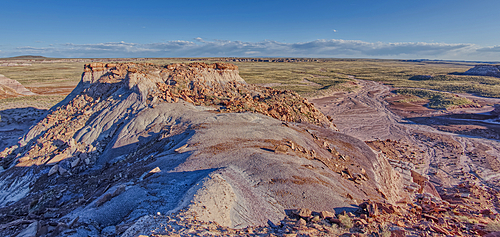
An island of rock just off the Billings Gap Trail at Petrified Forest National Park, Arizona, United States of America, North America
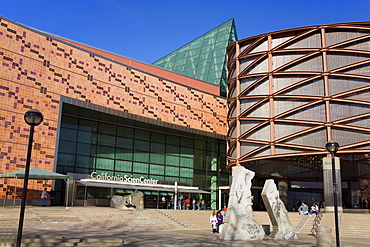
California Science Center, Exposition Park, Los Angeles, California, United States of America, North America
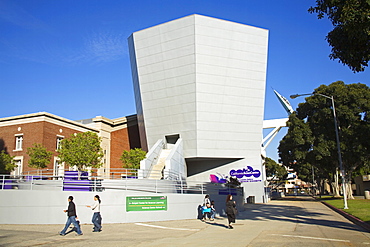
Air and Space Gallery, California Science Center, Exposition Park, Los Angeles, California, United States of America, North America
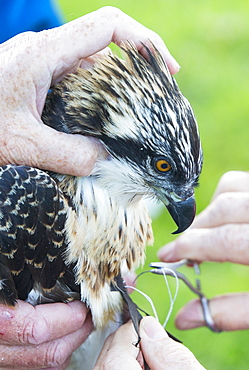
On Friday 11th July 2014, the Young Ospreys that nest on Bassenthwaite in the Lake District National Park, Cumbria, UK, are ringed and fitted with a satelite tracker. they are ringed by Pete Davis, a licensed bird ringer, and the satelite tracker is fitred by Roy Dennis. Roy is theonly person in the UK, licensed to fit satelite trackers to birds of prey. The tracing is part of the Bassenthwaite Osprey project, to see whereabouts in Africa the young migrate to, before returning hopefully to the UK to nest.Ospreys recolonized the Lake district in 2001, after an absence ovf over 150 years. In the last fourteen years of breeding over half a million people have visited the project to view these spectacular fish eating birds.
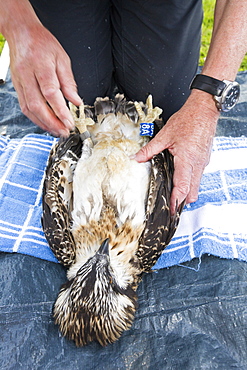
On Friday 11th July 2014, the Young Ospreys that nest on Bassenthwaite in the Lake District National Park, Cumbria, UK, are ringed and fitted with a satelite tracker. they are ringed by Pete Davis, a licensed bird ringer, and the satelite tracker is fitred by Roy Dennis. Roy is theonly person in the UK, licensed to fit satelite trackers to birds of prey. The tracing is part of the Bassenthwaite Osprey project, to see whereabouts in Africa the young migrate to, before returning hopefully to the UK to nest.Ospreys recolonized the Lake district in 2001, after an absence ovf over 150 years. In the last fourteen years of breeding over half a million people have visited the project to view these spectacular fish eating birds.
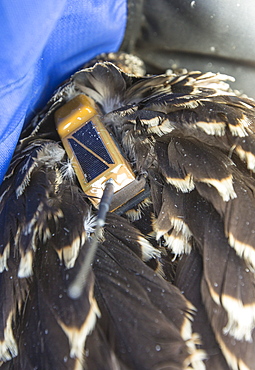
On Friday 11th July 2014, the Young Ospreys that nest on Bassenthwaite in the Lake District National Park, Cumbria, UK, are ringed and fitted with a satelite tracker. they are ringed by Pete Davis, a licensed bird ringer, and the satelite tracker is fitred by Roy Dennis. Roy is theonly person in the UK, licensed to fit satelite trackers to birds of prey. The tracing is part of the Bassenthwaite Osprey project, to see whereabouts in Africa the young migrate to, before returning hopefully to the UK to nest.Ospreys recolonized the Lake district in 2001, after an absence ovf over 150 years. In the last fourteen years of breeding over half a million people have visited the project to view these spectacular fish eating birds.
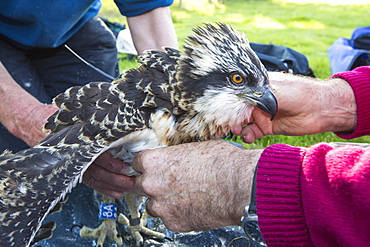
On Friday 11th July 2014, the Young Ospreys that nest on Bassenthwaite in the Lake District National Park, Cumbria, UK, are ringed and fitted with a satelite tracker. they are ringed by Pete Davis, a licensed bird ringer, and the satelite tracker is fitred by Roy Dennis. Roy is theonly person in the UK, licensed to fit satelite trackers to birds of prey. The tracing is part of the Bassenthwaite Osprey project, to see whereabouts in Africa the young migrate to, before returning hopefully to the UK to nest.Ospreys recolonized the Lake district in 2001, after an absence ovf over 150 years. In the last fourteen years of breeding over half a million people have visited the project to view these spectacular fish eating birds.

Rocket Park, U.S. Space & Rocket Center, Huntsville, Alabama, United States of America, North America

Air and Space Park, Museum of Space History, Alamogordo, New Mexico, United States of America, North America
